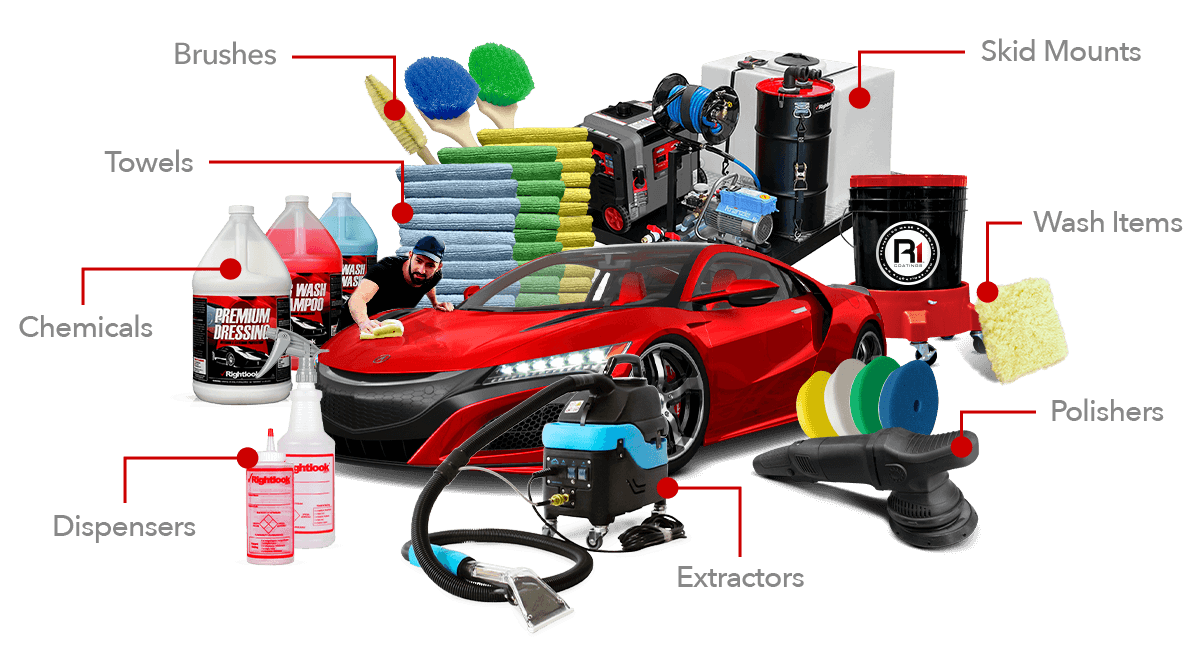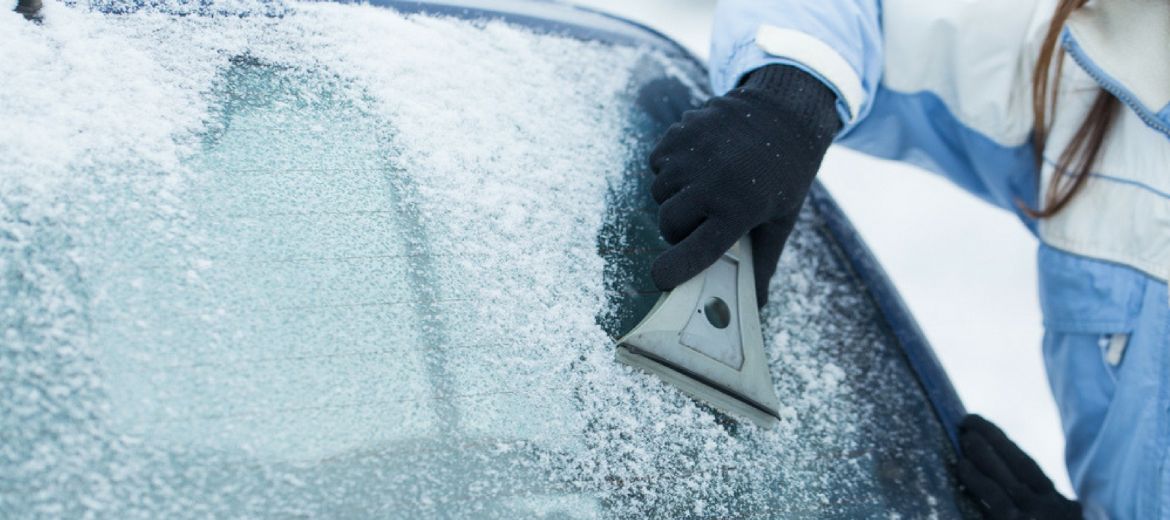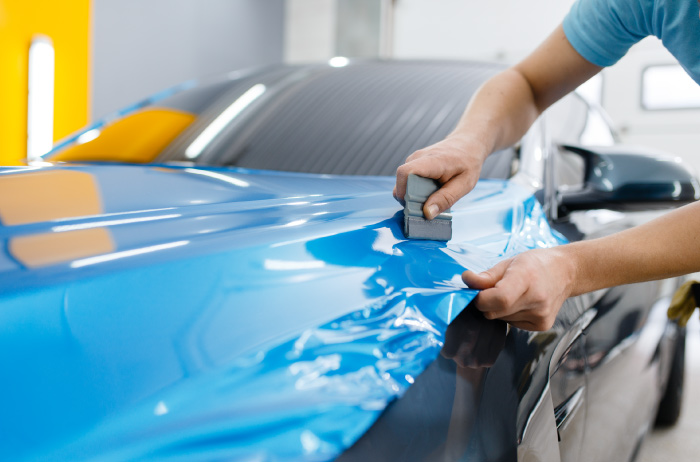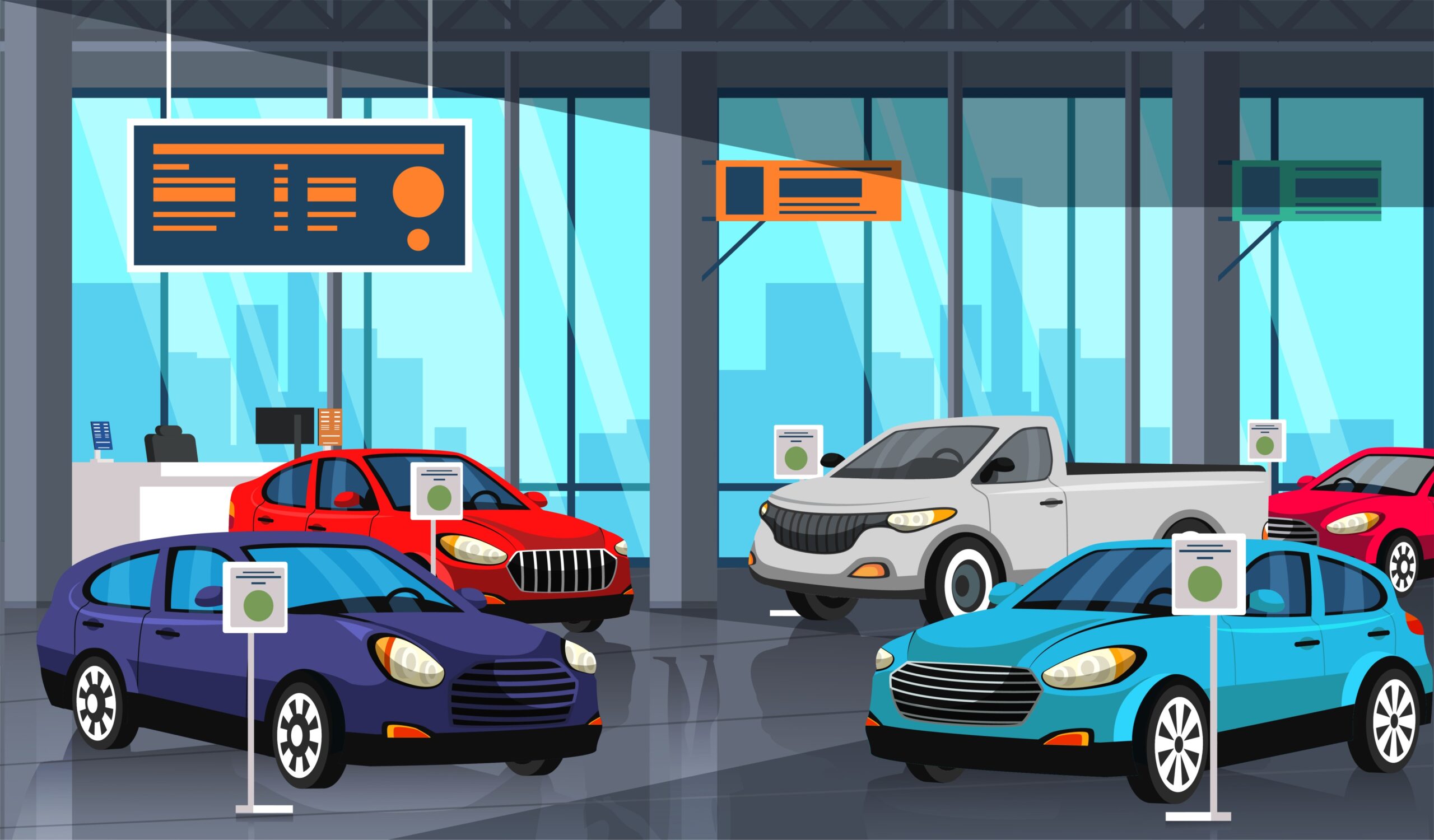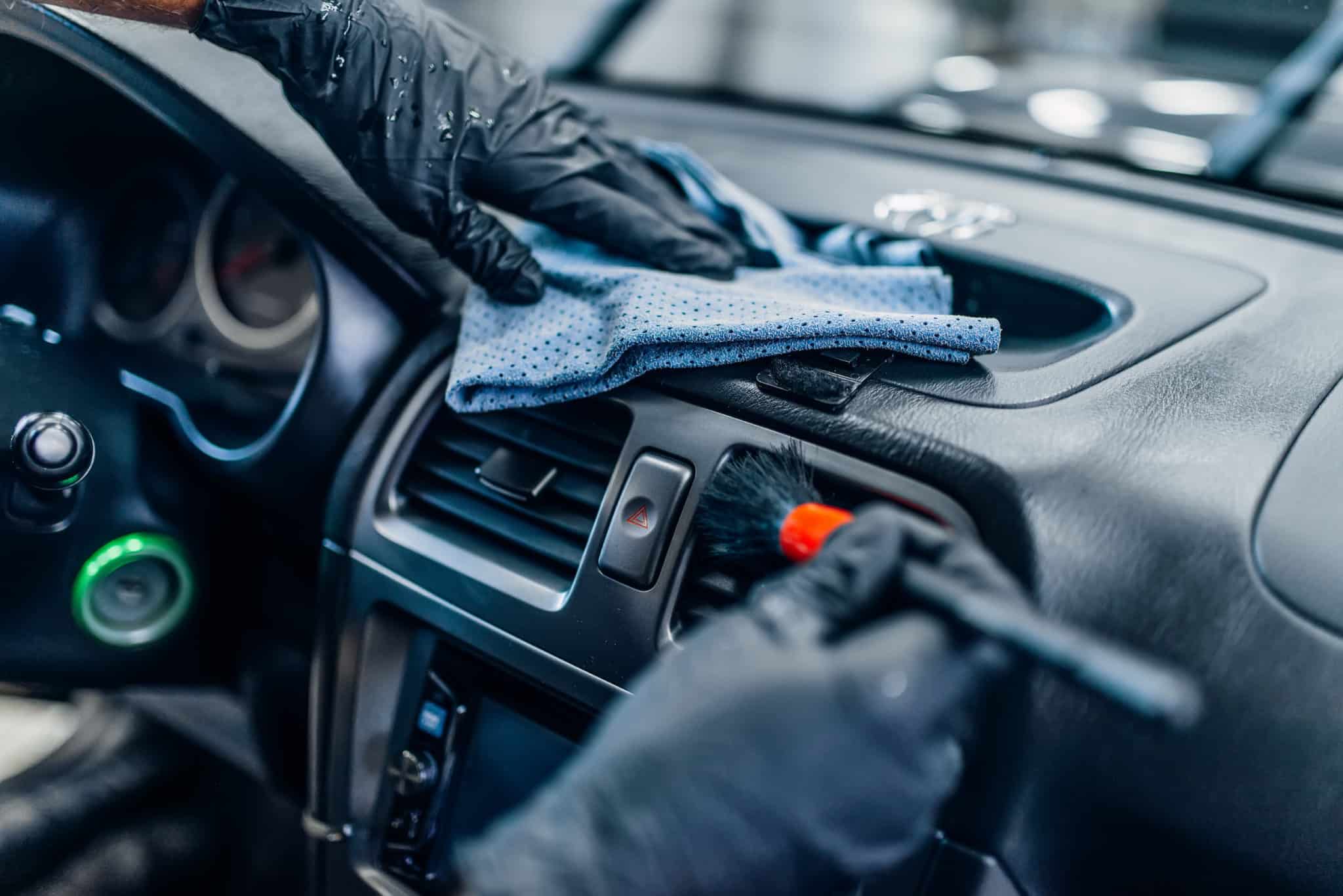Table of Contents
In the realm of automotive excellence, luxury vehicles represent the pinnacle of design, performance, and craftsmanship. Owning such a vehicle comes with the responsibility of maintaining its pristine condition, both inside and out. While professional detailing services are widely available, there is a unique satisfaction and cost-effectiveness in mastering high-end cleaning techniques at home. This comprehensive guide will delve into the intricacies of luxury car care, providing you with expert tips and methods to ensure your prized possession shines with elegance and durability.

Understanding Your Luxury Vehicle
Before delving into cleaning techniques, it’s crucial to understand the materials and finishes that adorn your luxury vehicle. Most modern luxury cars incorporate a blend of high-quality materials such as leather, Alcantara, wood veneers, and premium metals like brushed aluminium or chrome. Each material requires specific care to maintain its luxurious appearance over time.
- Leather Upholstery: Use a pH-balanced leather cleaner and conditioner to preserve suppleness and prevent cracking. Regularly clean with a soft brush or microfiber cloth to remove dust and debris.
- Alcantara and Fabric: Gentle vacuuming and spot cleaning with a designated upholstery cleaner can help retain the fabric’s texture and appearance.
- Wood and Metal Trim: Clean with a soft, damp cloth and specialty cleaners formulated for these surfaces to avoid scratching or dulling the finish.
Essential Tools and Products
Investing in high-quality cleaning tools and products is essential for achieving professional-grade results:
- Microfiber Cloths: Ultra-soft and absorbent, ideal for dusting and wiping without scratching delicate surfaces.
- Soft Bristle Brushes: Used for intricate cleaning tasks such as vents, crevices, and leather grain.
- pH-Balanced Cleaners: Ensure products are specifically formulated for automotive surfaces to prevent damage and maintain finishes.
- Detailing Clay: Removes embedded contaminants from paint surfaces, creating a smooth finish before waxing.
- Wax and Sealants: Provide a protective barrier against environmental elements and enhance the vehicle’s gloss.
Basic Exterior Cleaning Techniques
Maintaining the exterior of your luxury car involves a meticulous approach to preserve its flawless paintwork and shine:
- Pre-Wash: Rinse the vehicle thoroughly to remove loose dirt and debris.
- Washing: Use a pH-neutral car shampoo and two-bucket method (one for shampoo, one for rinsing) to prevent swirl marks. Wash from top to bottom using a microfiber wash mitt.
- Drying: Pat dry with a microfiber drying towel to avoid water spots.
- Clay Bar Treatment: Periodically use detailing clay to remove bonded contaminants that washing alone cannot eliminate.
- Polishing and Waxing: Apply a high-quality polish to enhance gloss and depth of color, followed by a layer of wax or sealant for long-lasting protection.
Basic Interior Cleaning and Detailing
The interior of a luxury vehicle demands as much attention as its exterior to maintain comfort and elegance:
- Vacuuming: Use a soft brush attachment to gently vacuum seats, carpets, and floor mats.
- Dashboard and Trim: Clean with a microfiber cloth and appropriate cleaner to remove dust and fingerprints. Avoid silicone-based products that can cause a greasy buildup.
- Leather Care: Apply a leather cleaner and conditioner to nourish and protect seats and trim. Buff gently with a soft cloth to maintain a luxurious sheen.
- Glass and Mirrors: Clean with a streak-free glass cleaner and microfiber cloth for crystal-clear visibility.
Basic Engine and Transmission Care for Luxury Vehicles
Luxury vehicles are renowned for their performance, comfort, and advanced engineering. Ensuring the longevity and optimal operation of the engine and transmission is essential for maintaining these high standards. This guide provides fundamental maintenance tips tailored specifically for luxury vehicles.
1. Regular Maintenance Schedule
Establishing a routine maintenance schedule is crucial for keeping the engine and transmission in top condition:
- Oil Changes: Follow the manufacturer’s recommended intervals for oil changes. Luxury vehicles often require synthetic oil, which offers better performance and longevity.
- Fluid Checks: Regularly check and top up fluids such as coolant, transmission fluid, brake fluid, and power steering fluid as per the manufacturer’s guidelines.
- Filter Replacements: Replace air filters, oil filters, and fuel filters at recommended intervals to ensure optimal engine performance and fuel efficiency.
2. Engine Care Tips
Proper engine care enhances performance and reduces the risk of costly repairs:
- Monitor Fluid Levels: Check engine oil, coolant, and other fluids regularly. Low fluid levels can lead to overheating or component damage.
- Cooling System Maintenance: Ensure the cooling system is functioning correctly. Periodically inspect hoses, radiator, and thermostat for leaks or signs of wear.
- Drive Train Inspection: Inspect drive belts and timing belts for wear and replace them according to the manufacturer’s recommendations.
- Battery Maintenance: Keep the battery terminals clean and free of corrosion. Test the battery regularly and replace it when necessary to prevent starting issues.
3. Transmission Care
The transmission is critical for smooth driving and overall vehicle performance:
- Transmission Fluid Service: Follow the manufacturer’s guidelines for transmission fluid changes. Maintaining clean and properly lubricated fluid extends the life of the transmission.
- Avoid Overheating: Monitor transmission temperatures, especially during heavy-duty driving conditions or towing. Overheating can lead to transmission damage.
- Transmission Flush: Consider periodic transmission flushes to remove contaminants and ensure smooth gear shifts.
4. Driving and Maintenance Practices
Adopting responsible driving habits and proactive maintenance practices further protects the engine and transmission:
- Warm Up the Engine: Allow the engine to warm up before driving, especially in cold weather, to ensure proper lubrication and operation.
- Avoid Aggressive Driving: Hard acceleration and abrupt braking increase wear on engine and transmission components. Drive smoothly and avoid sudden maneuvers.
- Professional Inspections: Schedule regular inspections by a qualified mechanic or dealership service center. They can identify potential issues early and provide expert advice on maintenance.
5. Advanced Maintenance Considerations
For comprehensive care of luxury vehicle engines and transmissions, consider advanced maintenance techniques:
- Performance Upgrades: Upgrading to high-performance air filters, exhaust systems, or engine tuning can enhance power and efficiency. Ensure modifications are compatible with your vehicle’s specifications.
- Diagnostic Scans: Use diagnostic tools to monitor engine performance parameters and detect potential issues before they escalate.
- Professional Services: Periodically invest in professional engine and transmission cleaning services to remove carbon deposits and improve overall efficiency.
Maintaining the Seats of a Luxury Car
Luxury cars are known for their premium materials and exquisite craftsmanship, especially when it comes to the seats. Proper maintenance of these seats not only preserves their aesthetic appeal but also ensures comfort and durability over the vehicle’s lifespan. This guide explores effective methods and tips for maintaining the seats of your luxury car.
1. Identifying Seat Materials
Luxury vehicles often feature a variety of seat materials, each requiring specific care:
- Leather Seats: Leather is a common choice for luxury cars due to its luxurious feel and appearance. It requires regular cleaning and conditioning to prevent drying, cracking, and fading.
- Alcantara or Suede: These materials offer a plush, sophisticated look but are more sensitive to stains and wear. They require gentle cleaning and protection to maintain their soft texture.
- Fabric or Cloth Seats: While less common in luxury cars, some models may feature high-quality fabric seats. Regular vacuuming and occasional deep cleaning are essential to keep them looking pristine.
2. Basic Cleaning Techniques
Regular cleaning helps prevent dirt buildup and maintains the seats’ condition:
- Vacuuming: Use a soft brush attachment to vacuum seats thoroughly, including seams and crevices where dirt accumulates.
- Surface Cleaning: Wipe down leather or synthetic surfaces with a damp, soft cloth to remove surface dust and light dirt. Avoid using harsh chemicals that can damage the material.
- Stain Removal: Immediately address spills and stains with a clean, damp cloth and mild soap or a designated upholstery cleaner. Blot gently to avoid spreading the stain.
3. Deep Cleaning and Conditioning
Periodic deep cleaning and conditioning help rejuvenate and protect seat materials:
- Leather Conditioning: Use a pH-balanced leather cleaner and conditioner to nourish the leather, restore moisture, and maintain its supple feel. Apply conditioner using a soft cloth and buff gently.
- Alcantara or Suede Care: Use a specialized cleaner designed for delicate fabrics like Alcantara or suede. Gently scrub with a soft brush and wipe away excess moisture to avoid damaging the material.
- Fabric Upholstery: For fabric seats, use a foaming upholstery cleaner or steam cleaner to remove embedded dirt and stains. Allow seats to dry thoroughly before using the vehicle.
4. Protective Measures
Protecting seats from daily wear and tear extends their lifespan:
- Seat Covers: Consider using removable seat covers made from durable materials to protect against spills, stains, and UV damage.
- UV Protection: Park your vehicle in shaded areas or use window shades to minimize exposure to direct sunlight, which can cause fading and deterioration of seat materials.
- Regular Maintenance: Establish a routine cleaning schedule based on your usage and climate conditions to keep seats looking and feeling like new.
5. Special Considerations
- Heated Seats: Take care when cleaning around heated seat controls and avoid excess moisture that could damage electronic components.
- Perforated Seats: If your luxury car seats are perforated, ensure any cleaning products or liquids are applied sparingly to prevent them from seeping into the perforations.
- Professional Detailing: Consider professional detailing services for a thorough cleaning and conditioning of seats, especially if stains or dirt buildup are significant.
Cleaning the Trim and Floor Mats of a Luxury Car
Luxury cars are distinguished not only by their performance and design but also by the attention to detail in their interior finishes. Cleaning the trim and floor mats of your luxury vehicle requires specialized care to maintain their pristine appearance and quality. This guide provides effective techniques and tips for cleaning these essential interior components.
1. Understanding Trim Materials
Luxury cars often feature trim made from a variety of materials, each requiring specific cleaning methods:
- Wood Trim: Clean with a soft, damp cloth using gentle, non-abrasive cleaners specifically formulated for wood surfaces. Avoid excessive moisture that could damage the finish.
- Metal Trim (e.g., Aluminum, Chrome): Use a soft microfiber cloth and mild cleaner suitable for metal surfaces to remove fingerprints and dust. Buff gently to restore shine without scratching.
- Plastic or Vinyl Trim: Wipe down with a microfiber cloth dampened with water or a mild all-purpose cleaner. Avoid abrasive cleaners that can scratch or dull the surface.
2. Cleaning Techniques for Trim
Proper cleaning enhances the appearance and longevity of interior trim:
- Dusting: Use a soft-bristled brush or microfiber cloth to gently remove dust and debris from crevices and intricate detailing on trim pieces.
- Spot Cleaning: Address fingerprints or smudges promptly with a damp microfiber cloth. For stubborn stains, use a cleaner recommended for the specific trim material.
- Conditioning (for Wood Trim): Periodically apply a small amount of wood polish or conditioner to maintain the natural luster and protect against drying or cracking.
3. Cleaning Floor Mats
Floor mats in luxury cars can be made from carpet, rubber, or a combination of materials. Here’s how to clean them effectively:
- Rubber Floor Mats: Remove from the vehicle and hose off to remove loose dirt and debris. Use a mild soap and water solution to scrub stubborn stains. Allow to air dry thoroughly before placing back in the car.
- Carpet Floor Mats: Vacuum thoroughly to remove dirt and dust. Spot clean stains using a carpet cleaner or upholstery cleaner suitable for the material. Allow mats to dry completely before reinstalling.
- All-Weather Mats: These mats are often easier to clean and maintain. Simply remove and rinse with water or wipe down with a damp cloth. Use mild soap if necessary, and allow to air dry.
4. Special Considerations
- Electronics and Controls: When cleaning trim around electronic components and controls, use a gentle touch and avoid excessive moisture to prevent damage.
- Perforated Trim: Be cautious when using liquid cleaners on perforated trim pieces to avoid excess moisture entering the perforations. Use a damp cloth and blot gently.
- Detailing Brushes: Small detailing brushes can be useful for cleaning intricate areas around trim and controls where dust and dirt tend to accumulate.
5. Maintenance Tips
Maintain the cleanliness of trim and floor mats with these additional tips:
- Regular Maintenance: Establish a cleaning schedule based on your usage and driving conditions to prevent dirt buildup and maintain the interior’s appearance.
- Interior Protection: Consider applying a protectant or sealant to trim surfaces to reduce dust accumulation and make future cleaning easier.
- Professional Detailing: Periodically invest in professional detailing services to deep clean and condition interior trim and floor mats, ensuring they look their best and last longer.
Winterizing and Long-Term Storage of a Luxury Vehicle
Preparing your luxury vehicle for winter and ensuring it remains in pristine condition during long-term storage requires careful planning and attention to detail. Proper winterization and storage techniques protect the vehicle from harsh weather conditions and prevent potential damage. This guide outlines essential steps to winterize and store your luxury car effectively.
1. Exterior Preparation
Protecting the exterior of your luxury car from winter elements is crucial:
- Wash and Wax: Thoroughly clean the vehicle to remove dirt, salt, and debris that can cause corrosion. Apply a coat of high-quality wax to create a protective barrier against moisture and salt.
- Trim and Rubber Care: Apply a rubber protectant to door seals, window seals, and trim to prevent drying and cracking in cold weather.
- Tire Maintenance: Inflate tires to the manufacturer’s recommended pressure. Consider using winter tires for improved traction in snow and ice.
- Cover or Garage: Ideally, park the vehicle in a garage to shield it from snow, ice, and extreme temperatures. If parking outdoors, use a breathable car cover to protect the paint from elements while allowing moisture to escape.
2. Interior Preparation
Preparing the interior ensures it remains clean and well-preserved during storage:
- Clean and Vacuum: Thoroughly clean the interior, including carpets, upholstery, and trim. Vacuum to remove crumbs, dust, and debris that can attract pests.
- Leather Care: Condition leather seats and trim to prevent drying and cracking. Use a high-quality leather conditioner that also provides UV protection.
- Remove Perishables: Take out any perishable items from the vehicle to prevent odors and potential pest infestations.
- Close Windows and Sunroof: Ensure all windows, sunroofs, and convertible tops are securely closed to prevent moisture from entering the cabin.
3. Mechanical Preparation
Prepare the mechanical components to ensure they remain in good condition during storage:
- Fluids: Check and top up all fluids, including engine oil, coolant, brake fluid, and windshield washer fluid. Consider changing the oil if due based on manufacturer recommendations.
- Fuel Stabilizer: Add a fuel stabilizer to the tank and run the engine for a few minutes to circulate stabilized fuel through the system. This prevents fuel degradation and potential starting issues.
- Battery Maintenance: Disconnect the battery or use a trickle charger to maintain charge levels. Alternatively, start the vehicle periodically to keep the battery charged.
4. Long-Term Storage Tips
Follow these additional tips for storing your luxury vehicle for an extended period:
- Elevate on Jack Stands: If storing for several months, consider elevating the vehicle on jack stands to relieve pressure on tires and suspension components.
- Regular Checks: Periodically check on the vehicle during storage to ensure it remains in good condition. Start the engine occasionally to circulate fluids and prevent mechanical issues.
- Rodent Prevention: Place rodent deterrents such as mothballs or traps near the vehicle to prevent rodents from nesting in the engine bay or interior.
- Documentation: Keep documentation of maintenance and storage procedures, including dates and actions taken, for future reference.
5. Preparation for Spring
When preparing to take the luxury vehicle out of storage for spring, follow these steps:
- Inspect: Conduct a thorough inspection of the vehicle, checking for any signs of damage or issues that may have arisen during storage.
- Fluids and Tires: Top up fluids as needed and check tire pressure. Consider replacing winter tires with all-season or summer tires if applicable.
- Detailing: Clean and detail the interior and exterior to remove dust and debris accumulated during storage.
- Test Drive: Take a short test drive to ensure everything is functioning properly before resuming regular use.
Special Considerations for Wheels and Tires
- Wheels: Use a non-acidic wheel cleaner and soft brushes to remove brake dust and grime. Apply a wheel sealant for protection against corrosion.
- Tires: Clean with a designated tire cleaner and applicator to maintain a rich, dark finish. Avoid products that contain silicone, as they can degrade rubber over time.
Maintenance Tips for Ongoing Care
- Regular Cleaning Schedule: Establish a routine for both interior and exterior maintenance to prevent buildup of dirt and contaminants.
- Garage Storage: Park your luxury vehicle in a clean, shaded area or garage to minimize exposure to UV rays and environmental pollutants.
- Avoid Automatic Car Washes: Opt for hand washing or professional detailing to maintain control over the cleaning process and reduce the risk of scratches.
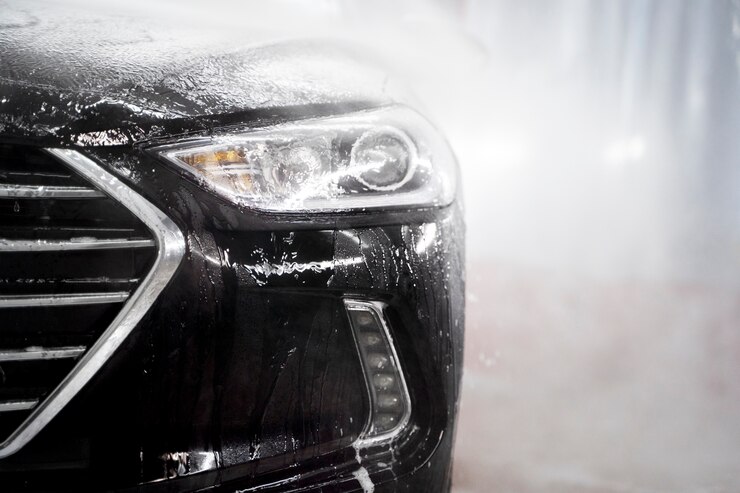
Conclusion
Mastering the art of luxury car care at home not only ensures your vehicle looks impeccable but also preserves its value and appeal. By understanding the unique materials and employing the right techniques and products, you can elevate your cleaning routine to a level befitting your premium vehicle. Whether you’re a seasoned enthusiast or a new owner, these high-end cleaning tips will help you maintain the beauty and sophistication of your luxury car for years to come.
Remember, the key to a stunning luxury car lies in the details—so indulge in the process, enjoy the results, and revel in the admiration your meticulously cared-for vehicle will undoubtedly attract.

